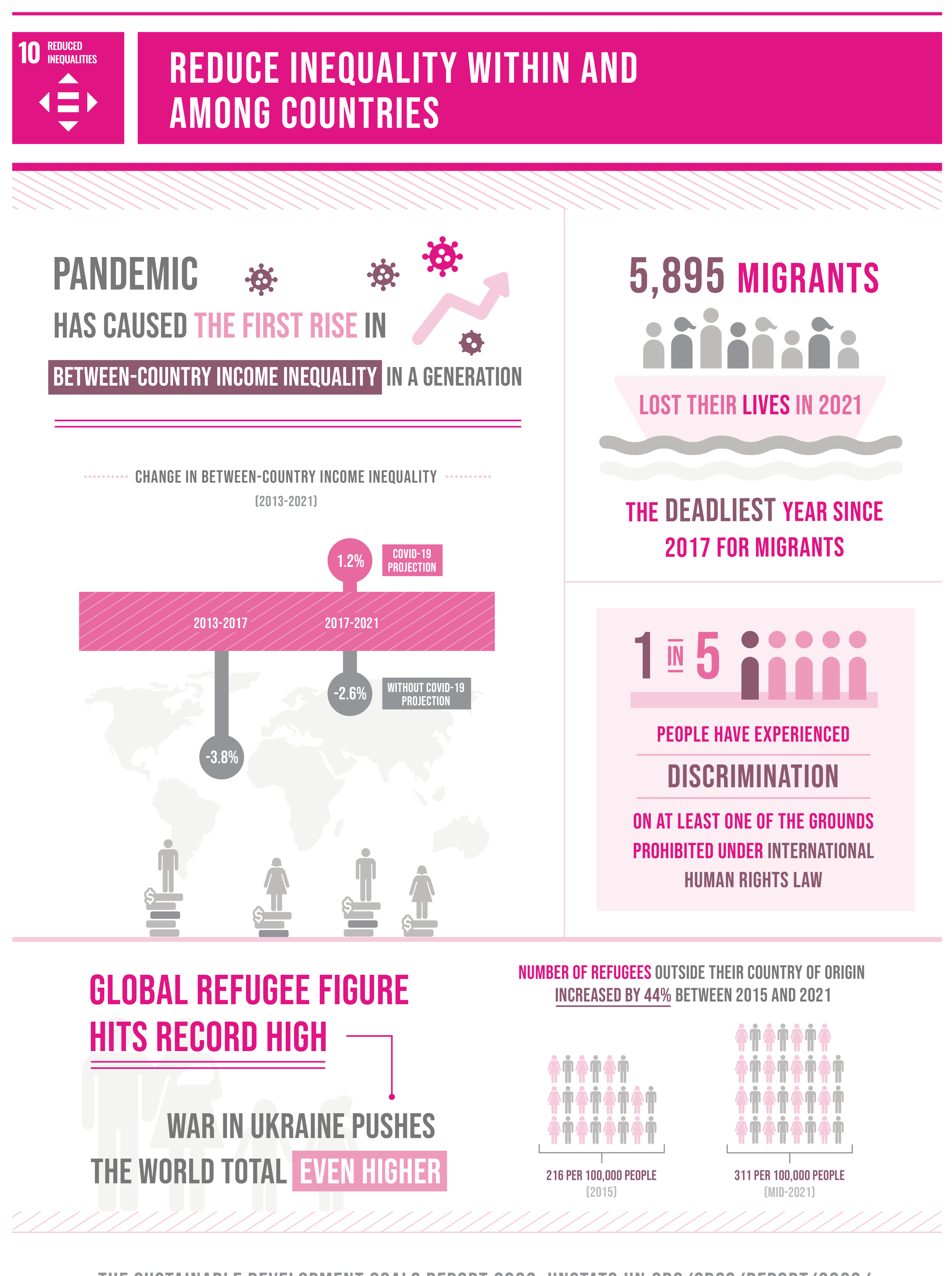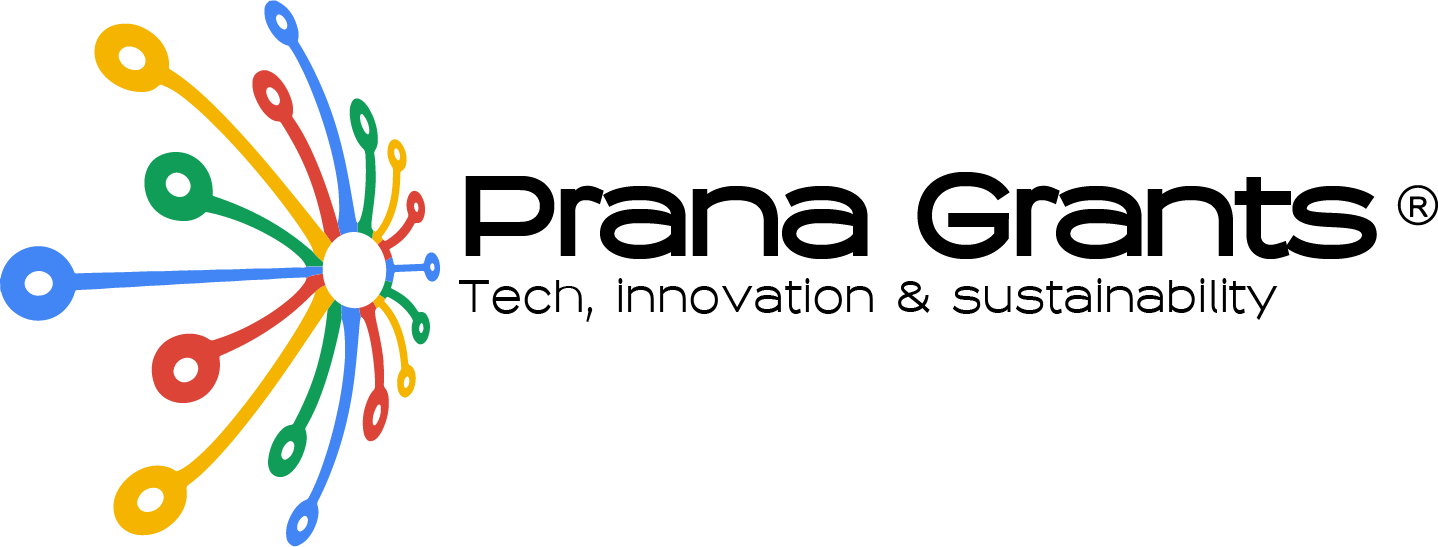Goal 10 – Reduced Inequalities

Reduced Inequalities
Target
10.1
By 2030, progressively achieve and sustain income growth of the bottom 40 per cent of the population at a rate higher than the national average
10.2
By 2030, empower and promote the social, economic and political inclusion of all, irrespective of age, sex, disability, race, ethnicity, origin, religion or economic or other status
10.3
Ensure equal opportunity and reduce inequalities of outcome, including by eliminating discriminatory laws, policies and practices and promoting appropriate legislation, policies and action in this regard
10.4
Adopt policies, especially fiscal, wage and social protection policies, and progressively achieve greater equality
10.5
Improve the regulation and monitoring of global financial markets and institutions and strengthen the implementation of such regulations
10.6
Ensure enhanced representation and voice for developing countries in decision-making in global international economic and financial institutions in order to deliver more effective, credible, accountable and legitimate institutions
10.7
Facilitate orderly, safe, regular and responsible migration and mobility of people, including through the implementation of planned and well-managed migration policies
10.a
Implement the principle of special and differential treatment for developing countries, in particular least developed countries, in accordance with World Trade Organization agreements
10.b
Encourage official development assistance and financial flows, including foreign direct investment, to States where the need is greatest, in particular least developed countries, African countries, small island developing States and landlocked developing countries, in accordance with their national plans and programmes
10.c
By 2030, reduce to less than 3 per cent the transaction costs of migrant remittances and eliminate remittance corridors with costs higher than 5 per cent
Zero Negligence
Each One Teach One
Reduced inequalities is a major focus of the United Nations Sustainable Development Goals (SDGs). SDG 10 seeks to “reduce inequality within and among countries”. One way to help achieve this goal is through programs that promote the “Each One Teach One” concept. This concept encourages people of all ages and backgrounds to share the knowledge and skills they possess in order to help others in their community. By learning from each other, everyone can benefit and help create a more equal society. In addition, “Each One Teach One” can also help to break down barriers between different communities and cultures.
Through “Each One Teach One” programs, individuals can gain valuable skills and knowledge from others with different experiences. This kind of sharing of knowledge can help to create a more equitable society, where everyone is able to access resources and gain skills that can help them improve their lives. By promoting the “Each One Teach One” concept, we can make an important contribution to SDG 10 and help to reduce global inequalities.



